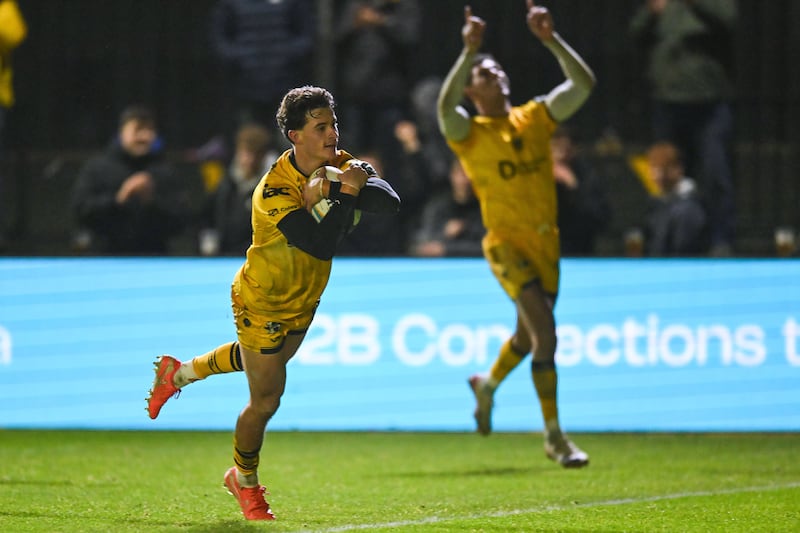Noel Hogan, a history and geography teacher, used to spend his summers correcting hundreds of State exam papers. But not this year.
“It’s gruelling work,” he says. “The last year I did it, I had almost 500 exam papers to correct within a few weeks. So, you’re correcting all day and under pressure to get papers done.
“The supervisor was screaming for the next 100 papers. You either rush through them or give them the care they deserve. There were one or two nights I didn’t get to bed until 4am as a result.”
Many teachers also grumble about pay rates. Examiners are paid between €5 and €32 per exam paper.
Most examiners receive €2,500-€4,000 for correcting Junior Cert exams, or €3,500-€6,000 for Leaving Cert papers.
When tax – including PRSI, universal social charge and pension-related deductions – is taken off, these sums can by whittled down by up to 58 per cent, according to teachers.
The fact that many teachers are not willing to correct State exams is now causing real problems for the body charged with organising the Junior and Leaving Cert exams.

The State Examinations Commission has struggled to fill examiner positions this year across all subjects until just weeks before the exam. It is still seeking examiners to mark Junior Cert religious education exams, and is filling vacancies "as they arise" in geography and French.
Hiring non-teachers
While the commission states on its website that examiners must have recent teaching experience in the subject they are correcting, it has confirmed to The Irish Times that non-teachers are being hired to correct some exams.
The development is set to raise questions about the standard of correcting and whether shortages of qualified teachers threaten the integrity of the State exams system.
One European language teacher who has corrected exams for more than two decades, expressed alarm at non-teachers being used to correct papers.
“There’s a huge responsibility correcting papers at Leaving Cert level. People’s future livelihoods can depend on someone getting an A or a B,” said the teacher, who declined to be named.
“The older you get, the more responsibility you feel. Non-teachers or newly qualified teachers simply don’t have the experience to get the nuances in answers.”
Another experienced examiner commented: “I would be very annoyed if I found out my Leaving Cert was being corrected by someone who wasn’t up to speed with the syllabus.”
The commission, however, says any non-teachers are qualified to degree level to mark in their subject.
“As part of the preparation for marking, examiners undergo intensive training with respect to the marking scheme and how to mark scripts,” it says.
“In addition, their work is closely monitored throughout the marking process, and a detailed appeal process is in place to address any instances where a candidate believes they have not received a fair result.
“The State Examinations Commission remains satisfied that the integrity of the examinations system is being maintained.”
The work of each examiner is monitored by an assigned advisory examiner, and a sample is assessed to ensure consistency in marking.
Level of training
Hogan, however, is not impressed at the level of training available to examiners prior to correcting exams.
“In my case, we had a half-day marking conference for ordinary level Junior Cert geography . . . it all felt a bit rushed.”
But another teacher praises those involved in running the system: “The efficiency of the organisation is incredible. The advising examiners, the people who devise the marking schemes . They have the chiefs, just not the Indians.”
Most agree, however, that urgent changes are needed to reverse the trend.
“We need to pay teachers more and create more incentives for them to correct . . . I think the integrity of the exam is something we need to protect, but it’s under threat,” says Hogan.
What happens to students’ exam papers?
As the State exams draw to a close on Friday, the mammoth job of correcting hundreds of thousands of exam scripts has begun.

More than 4,000 written examiners are attending marking conferences where they will receive advice on how to approach corrections and a draft marking scheme.
Usually, examiners mark about 20 papers and send a sample of 10 back to an examination supervisor.
The draft marking scheme may then be adjusted depending on the extent to which an exam is harder or easier compared to previous years.
Examiners liaise with an advisory examiner and the chief examiner on an ongoing basis before returning the scripts within a four-week timeframe.




















